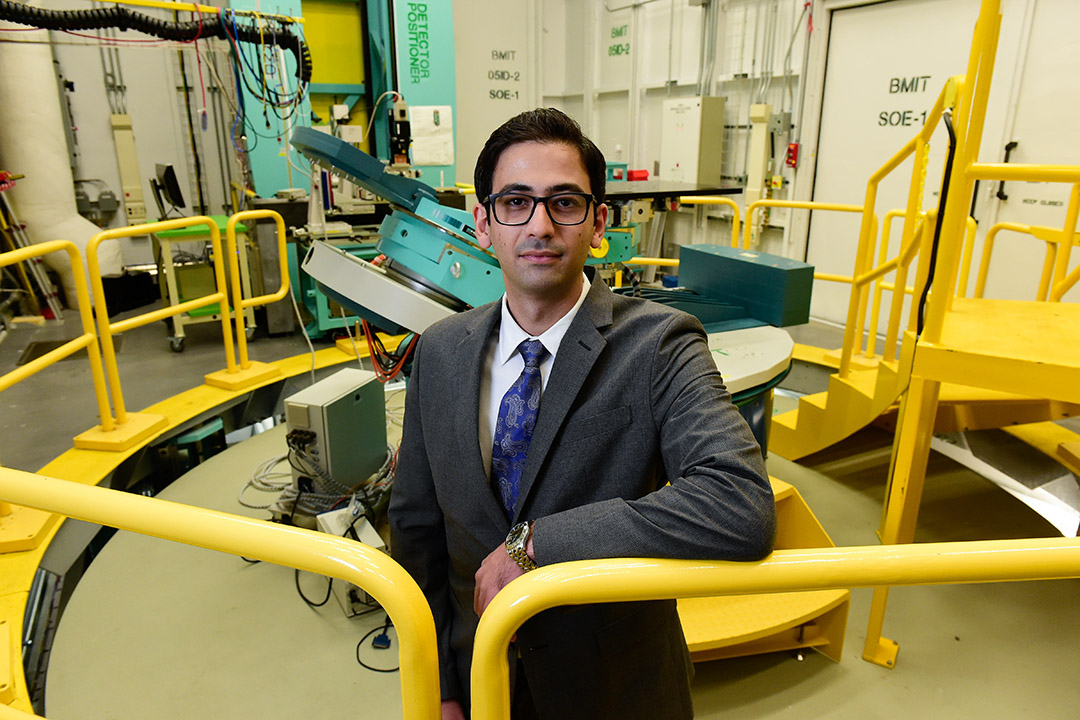
USask researchers awarded more than $10M for innovative science and engineering projects
As research starts to resume with the flattening of the COVID-19 curve, University of Saskatchewan (USask) faculty and students will be tackling some big science and engineering questions, thanks to $10.3 million awarded by Canada’s Natural Sciences and Engineering Research Council (NSERC) for nearly 60 wide-ranging projects.
By USask Research Profile and ImpactUSask will receive more than $9.3 million in Discovery Grants for long-term research programs, nearly $600,000 to support early career researchers, $350,000 to purchase state-of-the-art research equipment, and $75,000 to support research in Canada’s North.
“This major federal investment will advance USask research excellence and innovation in a wide range of areas—from imaging the tiniest nanoparticles, to understanding whole water basins,” said USask Vice-President of Research Karen Chad. “The tremendous diversity of these exciting projects reflects the reality that bold discoveries the world needs rely on high-quality fundamental research.”
Here is a selection of the projects awarded:
Using the Canadian Light Source (CLS) synchrotron to study new materials - $305,000
USask physicist Alexander Moewes will use soft X-ray spectroscopy at the CLS to understand the structure of new materials, including phosphors—highly efficient, light-sensitive compounds. The results could lead to new, highly energy efficient lighting applications, with potential for a 15-per-cent reduction in global energy consumption and even greater long-term reductions.
Protecting the Prairies from floods and droughts - $180,000
USask associate provost and engineering researcher Dena McMartin, working with master’s and PhD students, will use data and projections for freshwater extremes to identify freshwater sources and infrastructure that may be at risk. The results will both improve communities’ decision-making and make engineers’ designs more resilient to floods and droughts.
Laying the groundwork for next-generation wireless communications - $177,500
USask engineering researcher Ebrahim Bedeer Mohamed is investigating and designing new techniques for next-generation wireless communication. The results will have implications for several areas of human life including smart cities, self-driving cars, high-quality video streaming, crop management and precision agriculture, and fast broadband internet to underserved areas.
Learning what makes elite-level e-sports gamers excel - $157,500

USask computer scientist Madison Klarkowski will investigate the factors behind why and how e-sports athletes—people who play video games at a highly-skilled and professional level—excel. The research will help to establish Canada’s research influence within the multi-billion dollar esports industry and train researchers with in-demand skills.
Creating a “green” plastic from renewables and eggshells - $135,000
USask engineering researcher Duncan Cree will examine how eggshells left over from egg processing might be added to plastics made from corn starch and sugar cane. The research could result in biodegradable bio-plastics with improved qualities such as rigidity and heat resistance, and in the process, turn agricultural waste from eggshells into profits for producers.
Making artificial intelligence in healthcare understandable - $140,000
Some artificial intelligence systems have been criticized as being black boxes—with limited visibility of how they work and with potential for bias in decisions. USask engineering researcher Francis Bui aims to augment artificial intelligence in health informatics by incorporating human input. The results will lead to improved and more transparent diagnoses, as well as explanations people can understand, interpret and use.
Improving understanding of how human joints function - $132,500
Synchrotron scientist Arash Panahifar, who is also a researcher in the USask medical imaging department, will use the Canadian Light Source synchrotron to examine how tiny structural changes in the different tissues of a joint are related. The results will inform how healthy joints function, how they adapt to the aging process, and how injuries lead to joint-related disease such as osteoarthritis—a disease which is poorly understood, and for which there is no treatment.
For additional information on NSERC’s grants to USask researchers, visit https://www.nserc-crsng.gc.ca/ase-oro/index_eng.asp

